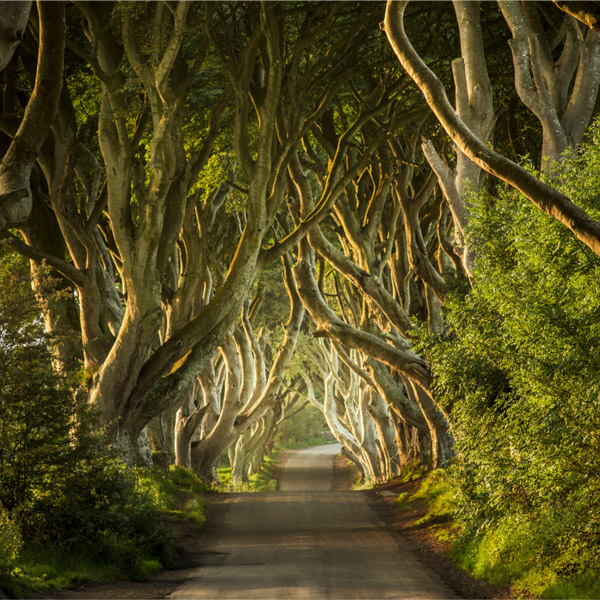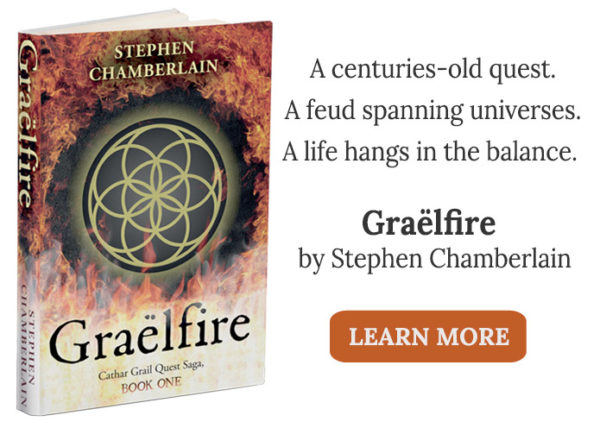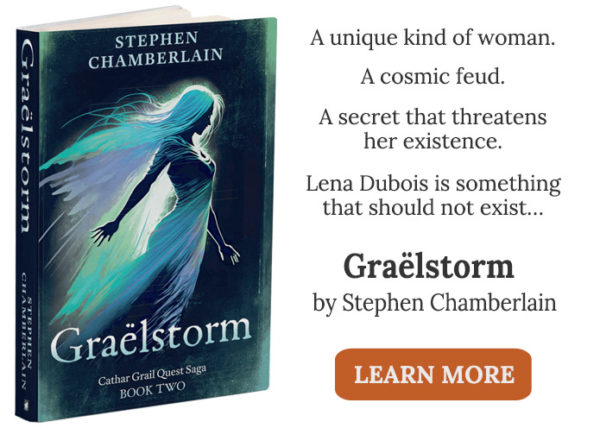“World building has two parts. One is the actual creation. The other is bringing the world into your story. Everything you create should not be in your story.” – Patrick Rothfuss
In my blog post about the suspension of disbelief, I describe how writers of speculative fiction must persuade readers to let go of reality in order to draw them into their make-believe. This is where the art of world building comes in. Writers who create alternative realities must make them feel so real that readers do not question their believability.
What is World Building?
World building is the creation of an imaginary world that becomes the stage on which a story plays out. That could be in a novel, a movie or a game, and it involves more than describing its setting. We’re talking about geography, climate, flora and fauna, characters and their history, culture, society, beliefs, ethics, behavior, food, clothes, languages, architecture, government, politics, economy, conflicts, and, of course, any different technology, rules of physics, magic structure or supernatural elements…the list goes on. That’s a tall order, but as Patrick Rothfuss says, “World building touches all parts of your story.” And although not everything you create has to appear in the story, the key is to show enough detail that readers feel that the fictional world is tangible.
How Much is Enough?
The goal of any world builder is to entertain their audience by transporting them somewhere new and immersing them in a story. Whether you are creating new worlds from scratch in a galaxy far, far away or using planet Earth (but not as we know it) as your setting…say with wizards, zombies or vampires, or even adding fictional elements to recorded history, then a measure of world building is essential. How much depends on what elements are familiar or outlandish to us.
Tolkien’s world building is unmatched, and nothing comes close to his portrayal of Middle-earth and its races. He created languages and mythologies that go back millennia. J.K. Rowling took a different approach. She included only backstory that is relevant to her characters and plots. In Harry Potter’s universe, the existence of magic is taken as a given, and you’re born with it or you’re not. She doesn’t explain it or describe how it came about. Rather, she fills Harry’s wizarding world with so much rich detail of its everyday life that readers are drawn into her imagination hook, line, and sinker.
But not all readers are alike, and we all have our preferences for how much world building we want. For example, some criticize the unrealistic geology of Tolkien’s Middle-earth, the unpopulated feel of its landscapes, and the absence of economies and trade between races. Rowling has her critics, too. She built her magical world within our own, and yet there is almost no interaction with Muggles. Like Tolkien’s, it also lacks a viable economy. There is no shortage of discussion about these issues on the internet, some of it heated. But for me, such criticism misses the point. Tolkien and Rowling wrote stories that millions enjoy, and for those immersed in their worlds, any elements of world building they left out do nothing to dispel our suspension of disbelief.
There are many master world builders out there. I’m thinking of the likes of Frank Herbert, Neil Gaiman, Terry Pratchett, Philip Pullman, George R. R. Martin, Patrick Rothfuss, and others too many to mention. They may go about world building in different ways, but what they all have in common is their ability to transport readers to a fictional world they so vividly describe that we can picture going there and walking in their characters’ footsteps. Movie franchises also have their part to play. Who can forget the Oscar-winning cinematography of New Zealand’s vast landscapes that brought Middle-earth to life? Or that haunting avenue of twisted beech trees, the Dark Hedges in Northern Ireland, now famous as the King’s Road in Game of Thrones. Then there’s the brilliant acting of the late Alan Rickman with his billowing, black gown and his Professor Snape stare. Not to mention the special effects that conjured the thrill of the chase in those Quidditch matches.
Where Do You Start?
In my case, I started at the beginning. Most cultures have creation myths. They explain the mysteries of our origins and sometimes provide us with a raison d’être. This is where Tolkien excelled again. He invented his own creation myth for Middle-earth but left it out of his novels, revealing it instead in the compendium of his world building, The Silmarillion.
When writing my fantasy novel, Graëlfire, the creation myth was the first element of my imaginary cosmos I tackled. Figuring it out took time, but it was essential to my story. Like many creation myths, it answers basic questions about our existence, such as, “Where do universes spring from?” “Do we have a purpose?” and “What is our destiny?” as well as explaining the structure, evolution and functional elements of my imaginary multiverse. I wasn’t trying to be profound or philosophical. Graëlfire is foremost a Grail quest with a twist that plays out on Earth, but I included my cosmic creation myth because it is relevant to what’s happening with the characters and plot. It explains my characters’ motivations. It defines how they behave and interact with their surroundings. This is more fully revealed in the soon-to-be published sequel, Graëlstorm, which I set in a universe far beyond Earth, and where cosmogeny is central to the plot and conflict.
I could write a whole blog post on creation myths, but that is a discussion for another time. Suffice to say that world building can be as complex or restrained as the story needs it to be. It is a framework that imparts credibility and a sense of place. But too much can be distracting. Characters and conflict are the essence of a story, and what doesn’t serve that is surplus to requirements.



